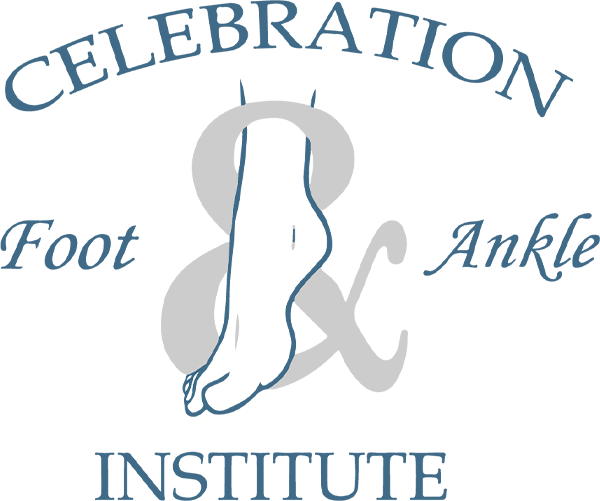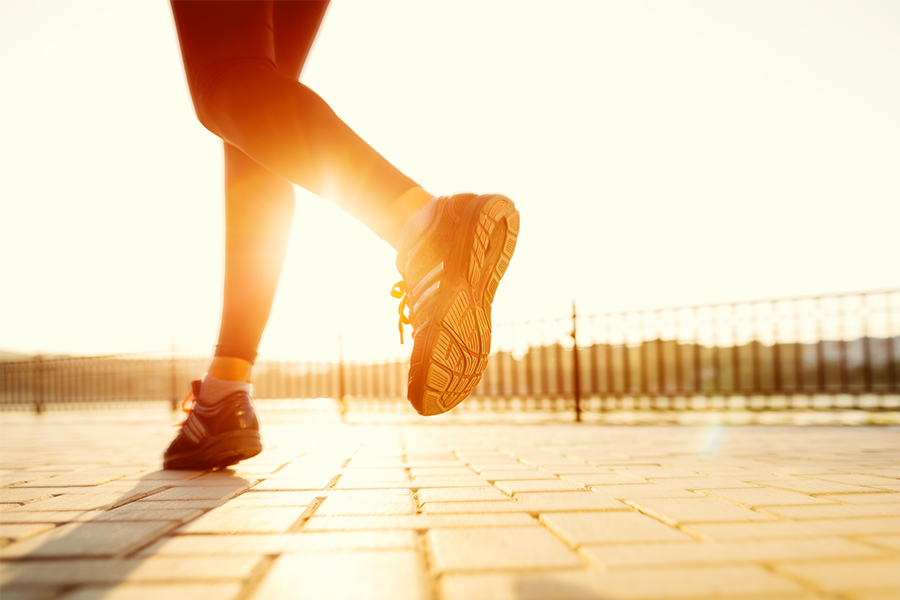 What is athlete’s foot?
What is athlete’s foot?- What are the symptoms of athlete’s foot?
- How can you get athlete’s foot?
- What is the treatment for athlete’s foot?
You don’t have to be an athlete to get athlete’s foot. Known as tinea pedis or foot ringworm in the medical community, athlete’s foot is quite contagious and uncomfortable, but it is also treatable. In fact, up to 70% of people will have this condition at some point in their lives. But what is an athlete’s foot, what causes it, and how do you know if you have it? This blog aims to answer all of your questions.
What is Athlete’s Foot?
Athlete’s foot is a fungal infection. It’s caused by the trichophyton fungus, and conditions have to be just right in order for it to spread. Trichophyton is attracted to warm, moist skin and can easily spread through physical contact or linger on floors or towels.
Normally, trichophyton exist harmlessly on clean, dry skin. If they’re exposed to dry, moist conditions, however, the fungus can rapidly replicate and cause the uncomfortable symptoms of athlete’s foot.
What Are the Symptoms of Athlete’s Foot?
One of the first symptoms of athlete’s foot is itchy, dry, flaky red skin between the toes. The infection causes the skin to crack, too, and with this itchy blisters are prone to develop on the sides and soles of your feet, worsening until they become open sores.
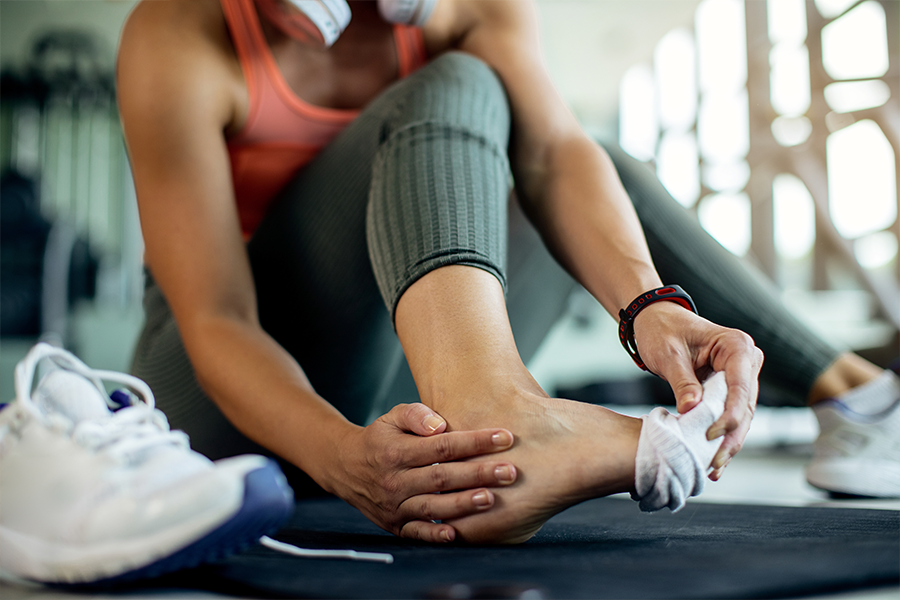 The most common symptoms of athlete’s foot include:
The most common symptoms of athlete’s foot include:
- Blisters on the sides of the foot, top of the toes, or between the toes
- Burning and stinging skin
- Cracked, peeling or scaly skin between the toes
- Dry and scaling skin on the bottom or sides of the foot
- Inflammation in the foot that can appear red, purple or even gray
- Itching, particularly after taking off your shoes and socks
- There is also the potential for bad smell
In rarer cases, toenails can become infected, causing the nail to crack and fall off. Athlete’s foot can even spread to other parts of the body.
The most common areas for an athlete’s foot flare up include:
- A toe web infection that affects the fourth and fifth toes
- A moccasin-type infection on the bottoms of your feet
- Vesicular-type infections with fluid-filled blisters
- Ulcerative infections that can create open sores or ulcers between the toes or on the foot bottom
How Can You Get Athlete’s Foot?
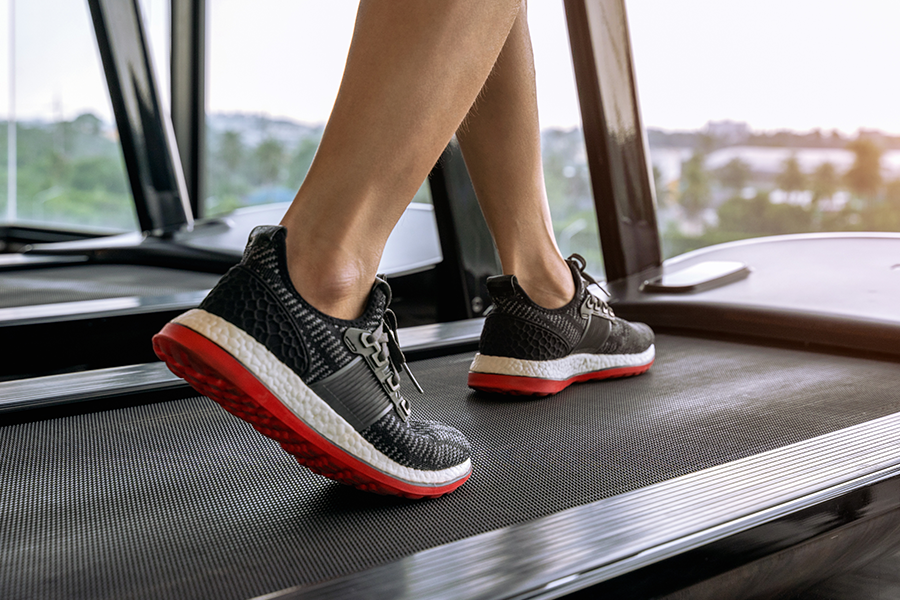 Athlete’s foot is one of the most aptly-named diseases in medicine. It is typically contracted in large communal areas where lots of people congregate, such as swimming pools, locker rooms, at the hot tub or sauna. Warm, moist conditions can cause the fungus to spread via skin-to-skin contact, sharing towels or shoes, or even by walking barefoot across a floor.
Athlete’s foot is one of the most aptly-named diseases in medicine. It is typically contracted in large communal areas where lots of people congregate, such as swimming pools, locker rooms, at the hot tub or sauna. Warm, moist conditions can cause the fungus to spread via skin-to-skin contact, sharing towels or shoes, or even by walking barefoot across a floor.
Tight, thick shoes can also trigger a case of athlete’s foot. If your feet sweat and your toes are crammed together, it fosters the ideal conditions for the trichophyton fungus to thrive. Plastic shoes are often a major culprit behind athlete’s foot as the combination of plastic, bare skin and heat creates the warm, moist conditions that encourage the fungus to multiply. Wearing moist socks, either from weather conditions or from sweaty feet, can also cause a case of athlete’s foot to flare up.
Athlete’s foot can affect anyone, though the condition is most often seen in men and those over the age of 60.
You’re more at risk to develop athlete’s foot if you have any of the following conditions:
- A weakened or compromised immune system
- Diabetes
- Foot wounds or other types of tissue damage in your lower extremities
- Obesity
To help keep athlete’s foot at bay, there are some steps to take such as keeping toes clean and dry, and wearing flip flops at the gym.
What is the Treatment for Athlete’s Foot?
Depending on the severity of the case, there are a number of treatment options available. If the athlete’s foot is mild, over the counter remedies may help and those affected may not need to see a doctor. These medications include:
- Clotrimazole
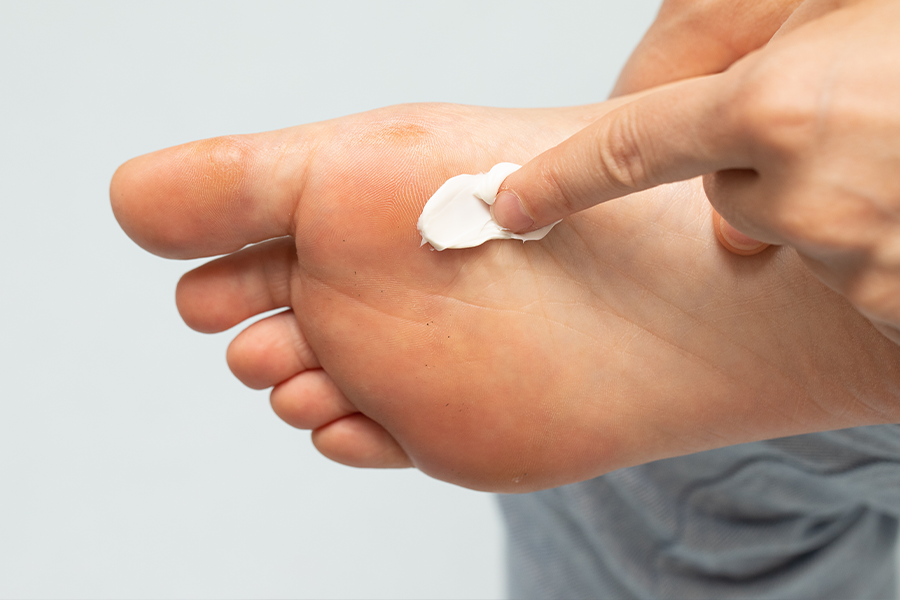
- Econazole
- Ketoconazole
- Miconazole
- Terbinafine
- Sulconazole
You’ll find these medications under the brand names Lotrimin, Terrasil or Tinactin. A low dose hydrocortisone cream can even help kill the fungus.
Home remedies are possible, too, including the following:
- Keeping feet clean and dry, and wearing clean cotton socks
- Soaking feet in salt water or a diluted vinegar solution
- Washing feet frequently with soap and water
- Washing towels more frequently
- Wearing well-fitting, breathable shoes
If you can’t get athlete’s foot under control with over the counter medications, it’s time to see your doctor. Your doctor will diagnose athlete’s foot by closely examining the condition. The goal is to rule out other types of infections or conditions like psoriasis or dermatitis.
To confirm the diagnosis of athlete’s foot, your doctor may perform a skin lesion potassium hydroxide test. During this test, the doctor will scrape a small sample of the infected area and place it in a potassium hydroxide solution. (The solution destroys human cells, leaving the fungal cells in clear view under a microscope.) If the diagnosis is confirmed, your doctor may prescribe more intense antifungal medications that can be taken orally rather than rubbing on the affected areas. Creams, liquids, powders or spray medications may also be prescribed.
Oral medications include:
- Griseofulvin
- Itraconazole
- Terbinafine
It’s important to note that older patients and children cannot be given these medications. Also, be sure to tell your doctor of any medications you’re currently taking to avoid any side effects.
Can Athlete’s Foot Spread to Other Areas of the Body?
Untreated athlete’s foot can spread across the toes as well as on the bottom and sides of the feet. Foregoing proper handwashing techniques after touching the infected area can also cause the infection to spread. Common areas of the body for infection also include hands, nails, and groin. Treating athlete’s foot as soon as it flares up, and being careful to thoroughly wash hands after dealing with the infected area, can prevent the infection from worsening and/or spreading to other parts of the body.
At Celebration Foot and Ankle Institute, we work with our patients to care for the health of every patient’s feet and ankles. We offer a variety of services to keep patients mobile, healthy and happy. Contact us if you have any questions or concerns.


